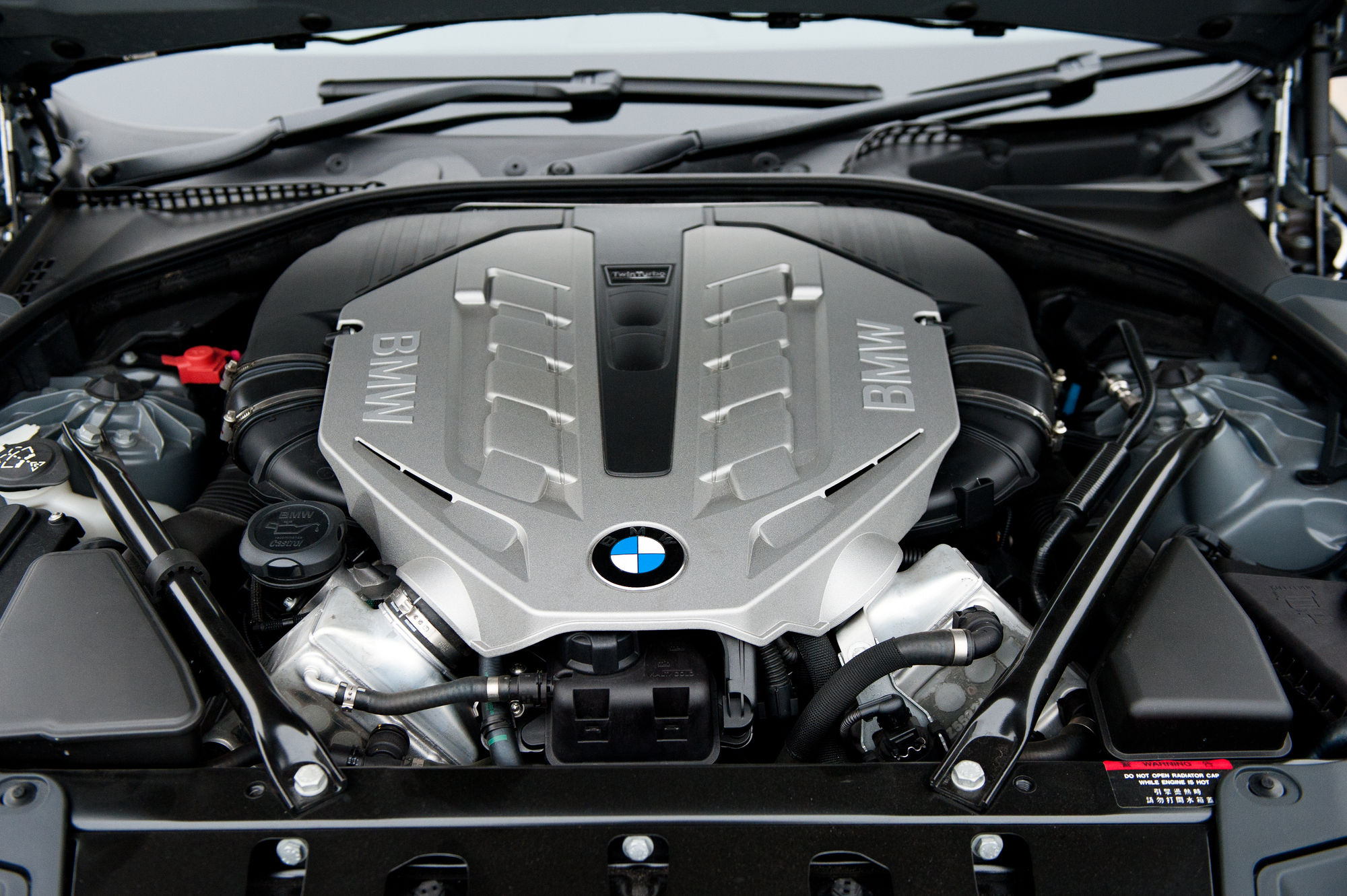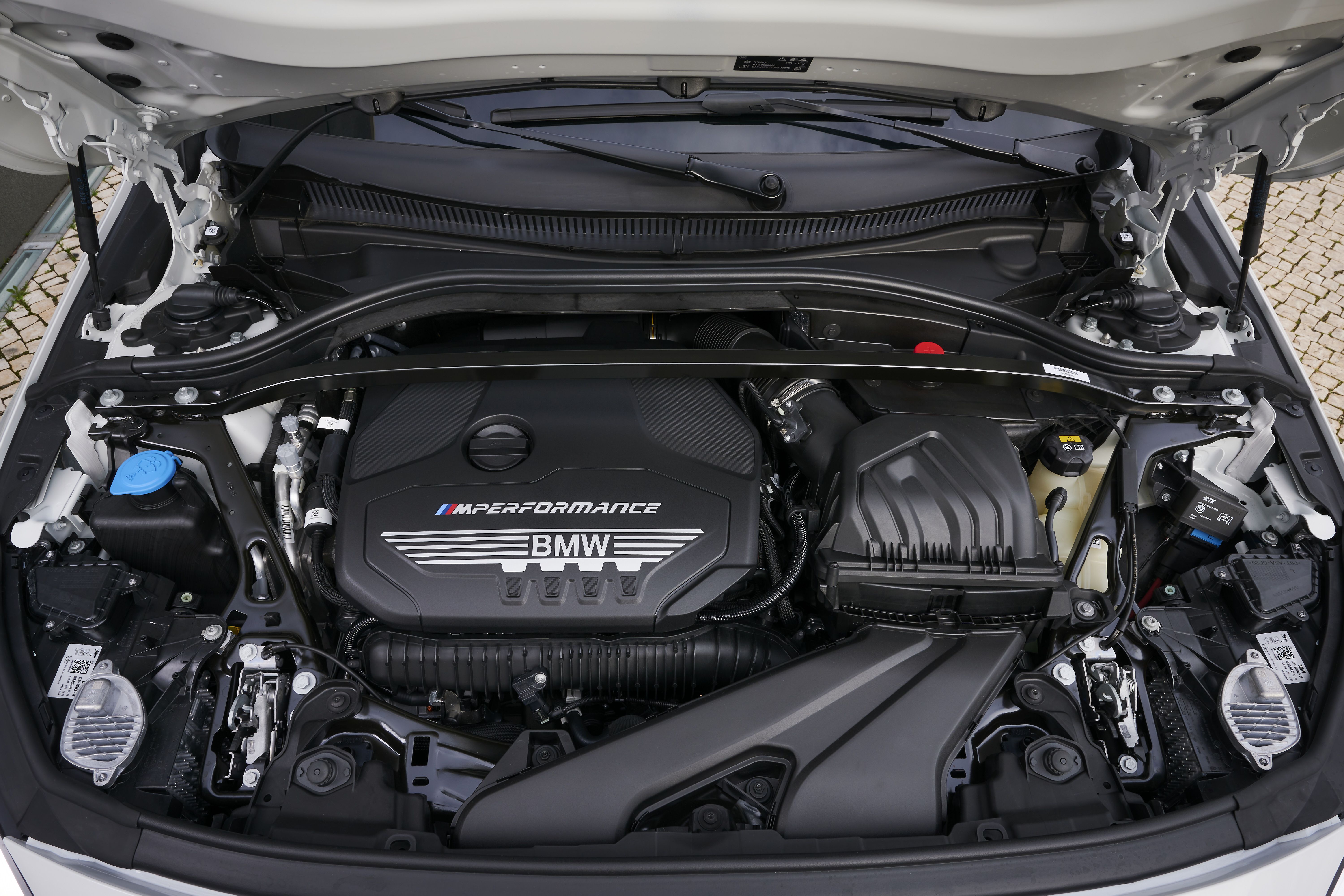How to Maintain Your BMW Engine for Optimal Performance and Durability
How to Maintain Your BMW Engine for Optimal Performance and Durability
Blog Article
Checking Out the Advancement of Combustion Engines in Modern Transportation Solutions
As we navigate the landscape of modern transport, the development of combustion engines stands as a testimony to human ingenuity and engineering expertise. The interplay of background, modern technology, and environmental concerns in forming the trajectory of combustion engines develops a story that is both insightful and engaging.
Early Beginnings of Combustion Engines
How did the idea of burning engines first arise in the very early stages of transportation growth? The roots of burning engines can be traced back to the 17th century when the concepts of inner combustion were very first discovered.
The advancement minute featured the creation of the first successful gasoline-powered engine by Karl Benz in 1885 - bmw engine. This engine led the way for the development of the contemporary auto, revolutionizing transportation systems worldwide. Subsequent innovations by Nikolaus Otto and Gottlieb Daimler further improved burning engine technology, causing the mass manufacturing of automobiles and the rapid growth of the transportation market
These early combustion engines were defined by their simpleness and performance, laying the structure for the facility and effective engines utilized in contemporary transportation systems. The evolution of combustion engines has actually been critical fit the method we travel and carry products, marking a significant milestone in the background of transport growth.
Change to Internal Combustion Technology
The change to inner combustion technology noted an essential shift in the evolution of transportation systems. This change began in the late 19th century, with creators like Nikolaus Otto and Gottlieb Daimler developing the initial successful internal burning engines. These engines reinvented transportation by supplying a much more reliable and effective option to steam engines and electrical motors.
One of the key benefits of internal burning engines was their capability to be scaled down to suit lorries, causing the development of motorcycles and cars. This shift from large, stationary engines to small, mobile ones led the way for the contemporary transport systems we see today.
The transition to inner combustion modern technology likewise stimulated developments in gas technology, resulting in the growth of gas and diesel as key fuel resources for vehicles. This shift not just made transportation much more available to the masses however additionally laid the structure for the oil and gas market to end up being essential to international economic climates.
Influence of Combustion Engines on Transportation
The fostering of burning engines in transportation systems catalyzed an extensive change in the efficiency and speed of international mobility. Combustion engines changed transportation by offering a trusted and versatile resource of power for various lorries, consisting of vehicles, planes, ships, and trucks. This development substantially boosted the ability for individuals and items to move over fars away in shorter amount of time, leading to raised connection in between areas and countries.
In addition, the prevalent use burning engines has actually had a significant effect on financial growth. The capacity to move items successfully has actually stimulated trade and commerce, allowing businesses to increase their markets and get to customers worldwide. This has actually assisted in economic growth and globalization, as items can currently be delivered quicker and in larger amounts than in the past.
However, the ecological influence of combustion engines can not be neglected. The combustion of nonrenewable fuel sources has actually resulted in air pollution and greenhouse gas exhausts, adding to climate change and posing health threats to populations. bmw engine. Therefore, there is an expanding emphasis on developing different propulsion innovations to mitigate these adverse impacts and create a much more lasting future for transportation
Innovations in Burning Engine Design
Numerous improvements in combustion engine layout have propelled the advancement of transportation systems over the years. One noteworthy innovation is the growth of turbocharged engines, which use exhaust gases to drive a generator that compresses inbound air, allowing for even more gas to be burned, leading to increased power outcome without a significant boost in engine dimension. Additionally, straight shot innovation has actually improved fuel effectiveness and efficiency by exactly regulating the amount and timing of fuel infused right into the combustion chamber. Variable shutoff timing systems have actually also reinvented engine design by enhancing air movement at different engine speeds, boosting both power and efficiency. One more substantial advancement is the combination of light-weight products such as carbon fiber and aluminum alloys, lowering overall engine weight and improving car gas economy. Advancements in computer-aided style have allowed engineers to enhance engine efficiency and effectiveness via simulations prior to physical models are developed, saving time and resources in the advancement process. These developments jointly add to the continuous enhancement of combustion engines in contemporary transport systems.
Future Fads in Burning Engine Growth
With innovation innovations driving constant development, the future of combustion engine advancement is poised to change transportation systems internationally. Among the crucial patterns page in combustion engine development is the push towards better performance and minimized exhausts. Suppliers are investing heavily in r & d to enhance engine efficiency while meeting strict environmental regulations. This includes the integration of sophisticated gas shot systems, enhanced turbocharging approaches, and using light-weight products to maximize gas intake and minimize carbon emissions.
One more famous pattern is the fostering of hybrid innovations in combustion engines. Crossbreed engines combine standard burning technology with electric power, using improved gas efficiency and lower discharges. As check that the auto market changes towards electrification, hybrid burning engines are viewed as a transitional solution that bridges the space between conventional cars and completely electric ones.
Moreover, the combination of clever modern technologies, such as artificial knowledge and information analytics, is expected to play a considerable function in the future of burning engine growth. These technologies can maximize engine performance in real-time, resulting in much more effective burning procedures and improved general automobile performance. Embracing these future trends will not just drive technology in combustion engine development yet additionally contribute to a more environmentally friendly and lasting transport community.

Final Thought
Finally, the development of burning engines in contemporary transportation systems has actually been marked by significant advancements in technology and layout. From the early starts of burning engines to the shift to inner burning modern technology, these engines have had a profound effect on transport. Technologies in combustion engine layout proceed to drive development in this field, with future fads concentrating on further improving efficiency and lowering discharges. The future of combustion engines in transportation looks appealing as Look At This research and advancement initiatives proceed to push limits.
The roots of burning engines can be mapped back to the 17th century when the principles of inner combustion were first discovered. These engines reinvented transportation by supplying a much more powerful and reliable alternative to vapor engines and electric motors.

Report this page